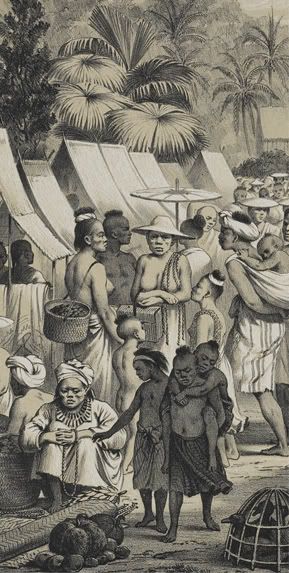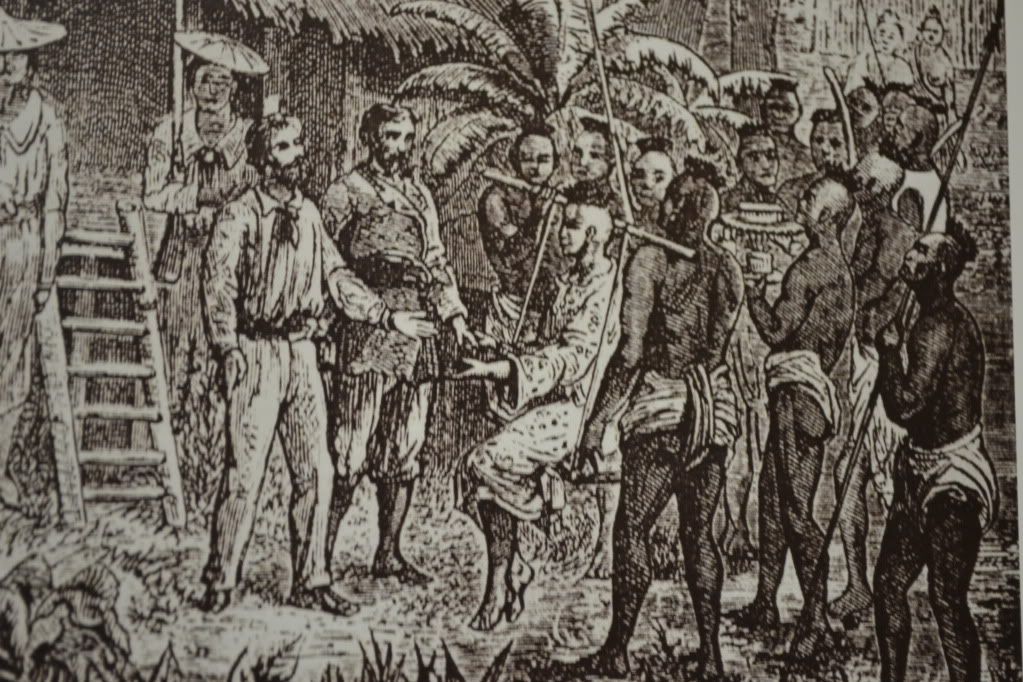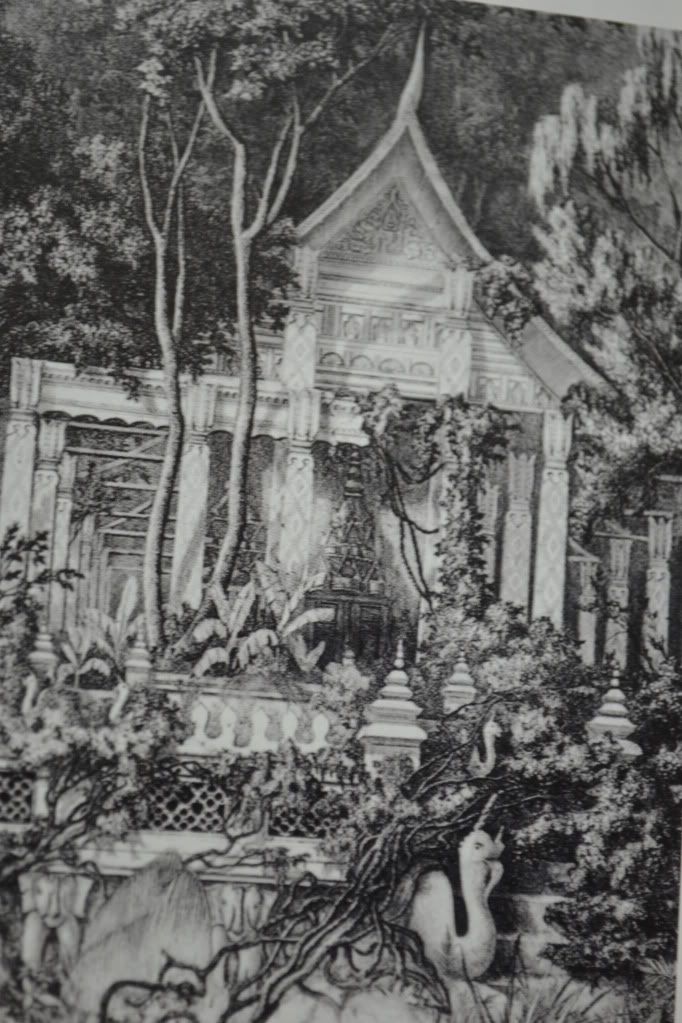Currency:
The kip isn't introduced as a form of currency until 1952. From 1945-1946, the Free Kip government in Vientiane issued a series of paper money in denominations of 10, 20 and 50 att and 10 kip before the French authorities took control of the region.

Prior to the piastre de commerce, in Cambodia and Laos, Siamese coinage circulated and Cambodia had its own regional varieties of the Siamese Tical. Cash coins similar to those used in the provinces of China circulated in the area that is nowadays known as Vietnam. French Indo-China was one of the last places to abandon the silver standard. The piastre remained on the silver standard until 1920.
Research on the relative cost of things would definitely be needed for this time frame to put it into perspective, as well as typical wages.
Wardrobe:
The sketches and photographs of travelers such as the Auguste Pavie mission are helpful, but many are in black and white and additional research to consolidate the images and descriptions of the fabrics are a definite area for future inquiry.

Slang and Court Dialect:
Realistic dialogue among both regular citizens and the nobles in Lan Xang are extremely difficult to find recorded at great length or great certainty of their translation in most cases. Our best approach is to look at the grammatical structure of many older Lao proverbs to determine what we can infer from these. There may be some items in the National Library of Laos that can be of help.
Arts and Entertainment:
We have some idea of how Lao traditional theater and music was presented both in the courts and everyday life, and the role of storytellers, puppeteers, and others. It is likely many of the childhood games have remained the same for at least two centuries, such as top wars and banana leaf horses. We would have to do continued research through the folktales and other resources to build a full picture of daily life after work.

Festivals and Ceremonies:
Lao American writers should be cognizant of the differences in time for many of the more common holidays. In the US, some, like Boun Pravet, have been switched from its normal celebration in December. A writer should be able to describe accurately the preparation process and the meaning behind many of these events and how they're observed both in public and in private.
Transport:
A significant amount of travel is based along the Mekong, but more can be done to understand how travel takes place inland, and the approximate distances from city to city and to particularly notable geographical locations. A sense of the types of boats, rafts, and other vessels to move about will be helpful. One particularly key question is answering how long a typical voyage takes from France to Laos/Southeast Asia, and how many crew and supplies are on a typical ship.
Weapons and tactics:
While we understand some of the weapons that were available during this time, there isn't a lot that has been extensively written to understand how they were used at a personal level or at a tactical level with other combatants. Muay Lao is just starting to have practitioners discuss the art, but this is an area one will want to build at least a basic understanding of.

Architecture:
We can likely speculate that in the rural sections of Laos much of the architecture and building styles have changed little over the last two centuries. But within the cities, this is much more difficult to determine a definitive answer of both residences, shops, and other key buildings and the materials they were constructed from and the amount of time it took to build them.


There's definitely a lot of work ahead of us and many other sections we should add.
Even if we go for a pulp fiction approach where we don't let ourselves get too hung up on the details, we still need to know just enough to create an authentic suspension of disbelief and reduce anachronisms for these stories that jar the reader to the point that they cannot enjoy the story.
No comments:
Post a Comment